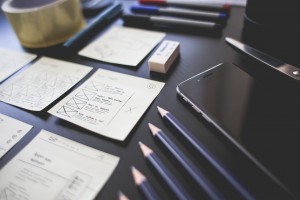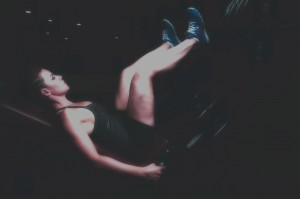Low Back Pain Exercises
Low back pain is common with how to fix back pain being key to living a better life. Easy ways to exercise pain free that you’ve never seen before are part of our programme. The facts on sciatic back pain are covered here. We go over over how to get rid of back pain symptoms that recur while reviewing treatments like cupping, massage, cryotherapy so you can see how with or without spine surgery you can live a better life.
60–80% of people affected at some time in their lives. (1-3) It has a major impact on health and health-related quality of life, diminishing the capacity for standing, walking and sitting. (4,5)
Research shows pelvic floor exercises in combination with routine treatment provide significant benefits in terms of pain relief and disability over routine treatment alone. Back pain exercises work for certain conditions. As an osteopath we’re focused on treating the body as a whole.
Pelvic Floor Exercises Back Pain
The pelvic floor muscles are closely connected to the back muscles. Weak pelvic floor muscles frequently cause back pain, while poorly developed back muscles and bad posture weaken your pelvic floor. Strengthening the pelvic floor normalises the tone of the surrounding muscle tissue. This may alleviate symptoms of lower back pain as a secondary effect.
The new training method
for your pelvic floor
- Magnetic field therapy to strengthen the musculature
- Simple and painless training
- Non-invasive training, meaning: You take a seat on a chair and train in your normal clothing
- More effective than standard individual training
- Confirmed by scientific studies
- Recommended by doctors and therapists
- Noticeable stimulation of your muscles from the first session
Pelvic floor exercise
Introducing The New Pelvic Floor Training Chair – Training For A Stronger Pelvic Floor
Approximately 1 in 3 women experience health problems from a weak pelvic floor at some point in their lifetime. For many years women thought that their incontinence, bladder control and other problems, especially after childbirth, were to be expected and they just had to tolerate them. They were sometimes either too embarrassed to seek help, or are unaware that there are effective treatments available, and sometimes had to plan their days and journeys around knowing where toilets are located, in order to avoid “accidents”. Very often we can help these people.
Indications include:
- Menopause – including non-hormonal treatments and hormone implants
- Incontinence (bowel weakness, bladder weakness, leaking, prevention)
- Young mothers (post natal, bladder weakness, increased libido) Female vitality (menopause, cellulite, libido)
- Male Vitality (increased potency, post- prostatectomy rehabilitation) Back pain (relaxation and posture)
- Tissue Toning (prevention, strengthening and tissue toning)
How does the Pelvic Floor Training Chair work?
The Chair is a new method that trains your pelvic floor and the surrounding muscles effectively. The holistic concept combines state-of-the-art medical technology with targeted support for independent training.
This new non-invasive treatment treats you with Magnetic field therapy to strengthen the musculature. You sit on the chair and train in your normal clothing, for 20 minutes per session (for a minimum of 4 sessions depending on the programme) with a specialist nurse or physiotherapist. It is more effective than standard individual training and is confirmed by scientific studies and recommended by doctors. You will notice improvement in your muscles from the first session.
FAQ about PelviPower Chair and osteopathy – contact us
Is it true that I don’t have to undress and that treatment does not involve attaching or inserting probes or such like?
How long does it take to notice an improvement in muscle tone? How many training sessions are required before I will notice an improvement?
How long do the effects of treatment last?
Are there any health restrictions? Is there an age limit?
What advantages does pelvic floor training on the PelviPower have compared to classic pelvic floor training?










